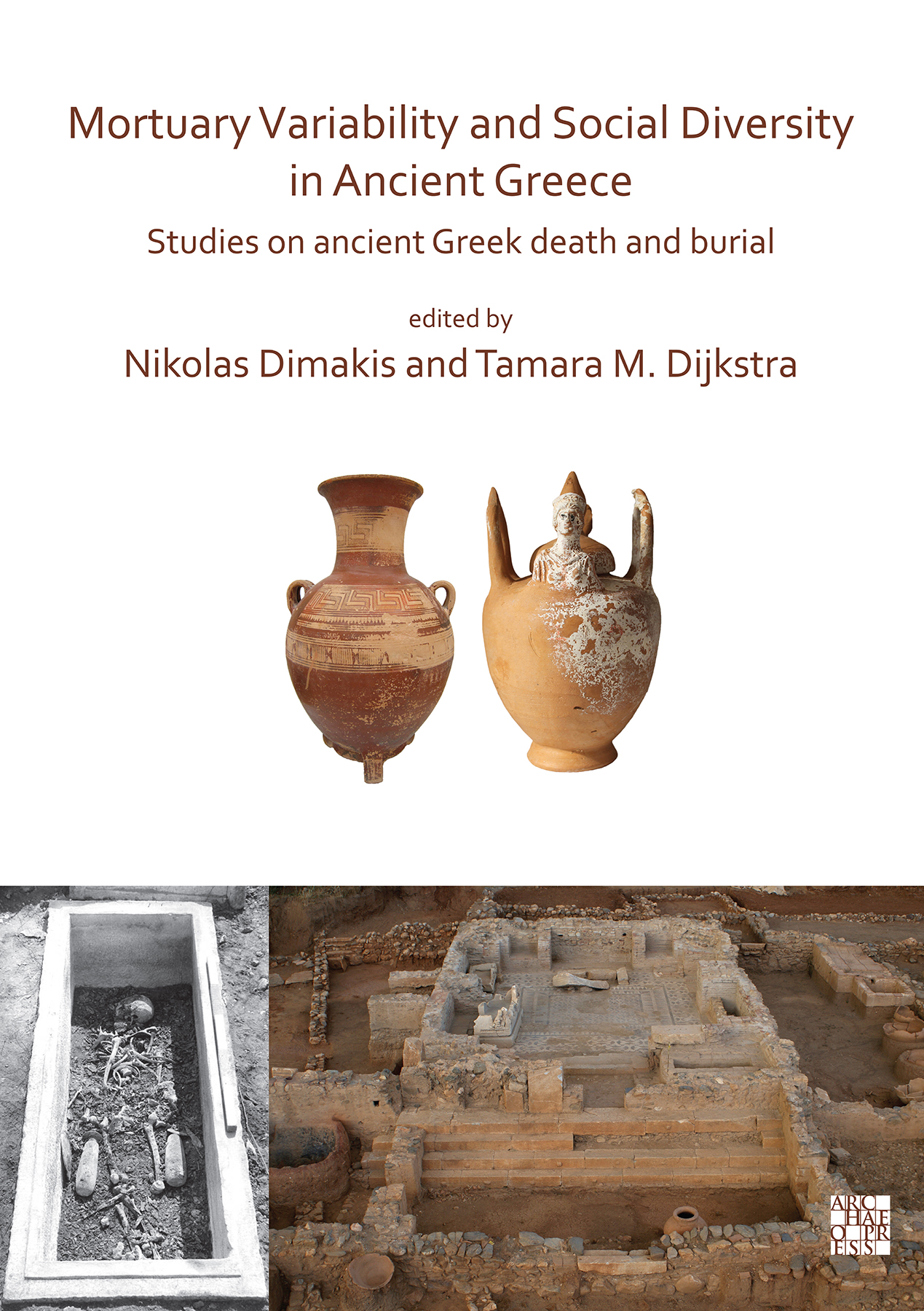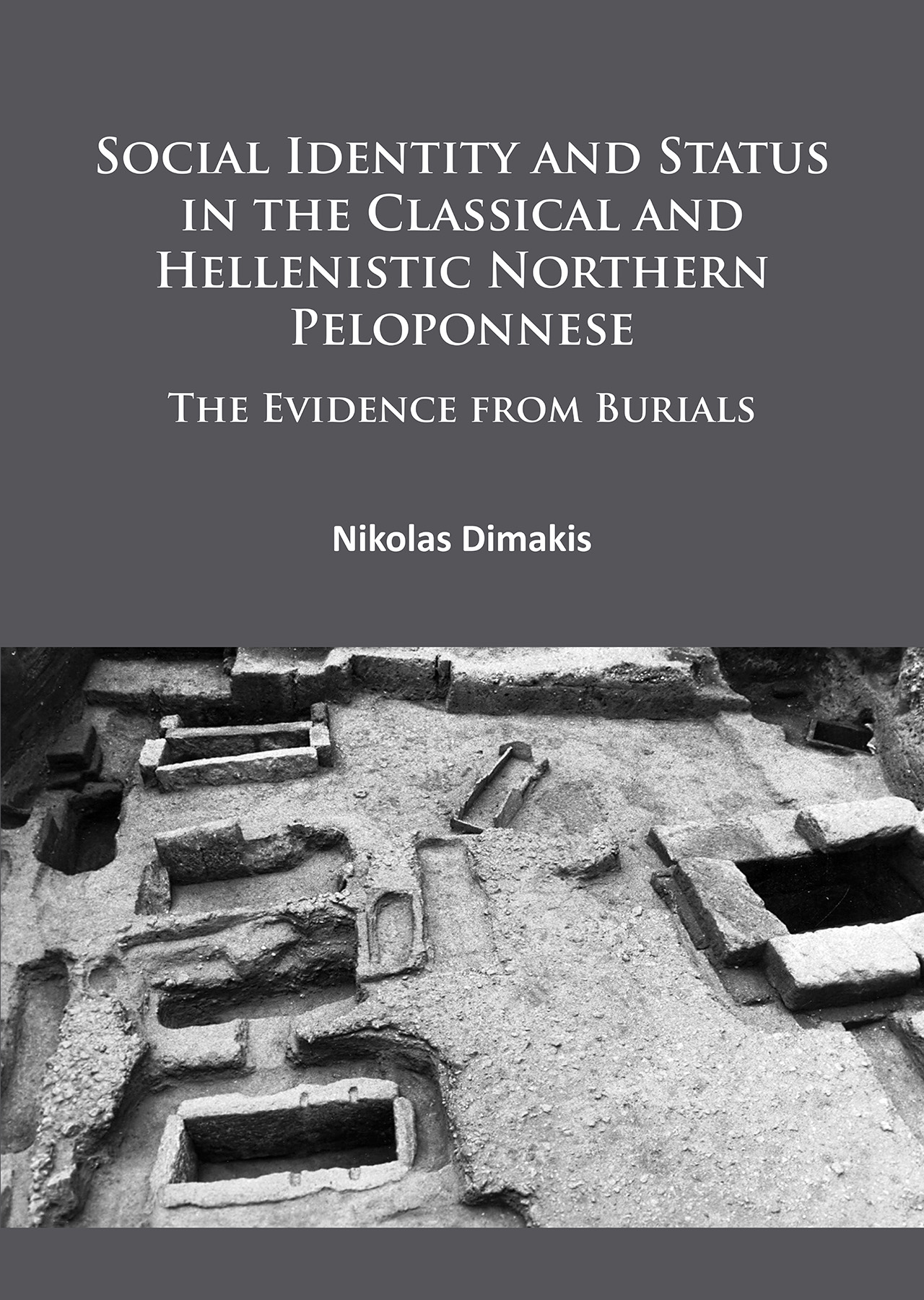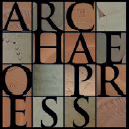
Publishing Scholarly Archaeology since 1997

Download Sample PDF
H 290 x W 205 mm
204 pages
117 figures (60 colour pages)
Published Jan 2020
ISBN
Paperback: 9781789694420
Digital: 9781789694437
Keywords
Mortuary Variability; Social Diversity; Burial Practices; Ancient Greece; Bronze Age; Hellenistic; Classical Greece; Funerary Practices
Related titles

Mortuary Variability and Social Diversity in Ancient Greece
Studies on Ancient Greek Death and Burial
Edited by Nikolas Dimakis, Tamara M. Dijkstra
Paperback
£35.00
Includes PDF
PDF eBook
(personal use)
£16.00
PDF eBook
(institutional use)
£35.00
This volume brings together early career scholars working on funerary customs in Greece from the Early Iron Age to the Roman period. Papers present various thematic and interdisciplinary analysis in which funerary contexts provide insights on individuals, social groups and communities.
Contents
About the Author
Nikolas Dimakis is a postdoctoral research fellow in Classical Archaeology at the University of Athens. He specialises in the funerary archaeology of Classical to Roman Greece and examines the interplay of emotions, ritual and identity in the burial context. Nikolas has coordinated and participated in international meetings and in many archaeological projects in Attica, the Peloponnese, Thrace and the Dodecanese.Tamara M. Dijkstra is a researcher at the Department of Greek Archaeology at the University of Groningen. She specialises in the funerary archaeology and epigraphy of Classical to Roman Greece and examines the relation between mortuary practices, social structure, and social identities. She also studies Hellenistic domestic archaeology within the Halos Archaeological Project.
Reviews
‘The essays differ greatly in length, outlook and scope, but as a whole, the volume provides an engaging study of much of the recent work done on the subject of Greek death und burial, and a contextual analysis of different aspects of mortuary practices. Without doubt, its interdisciplinary approach marks one of the most valuable aspects of the publication, which constitutes a necessary update for many topics in the field and is especially useful for a specialist audience.’ – Annarita Doronzio (2022): sehepunkte 22 (2022), Nr. 4

 Add to wishlist
Add to wishlist
